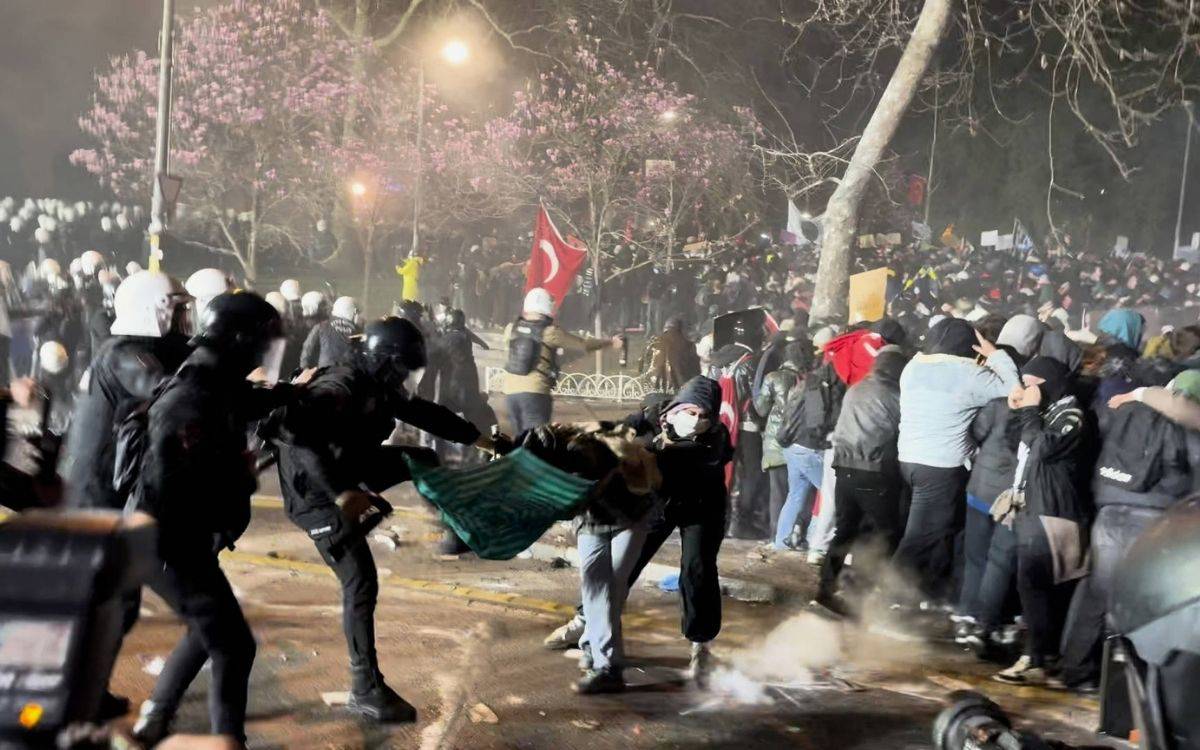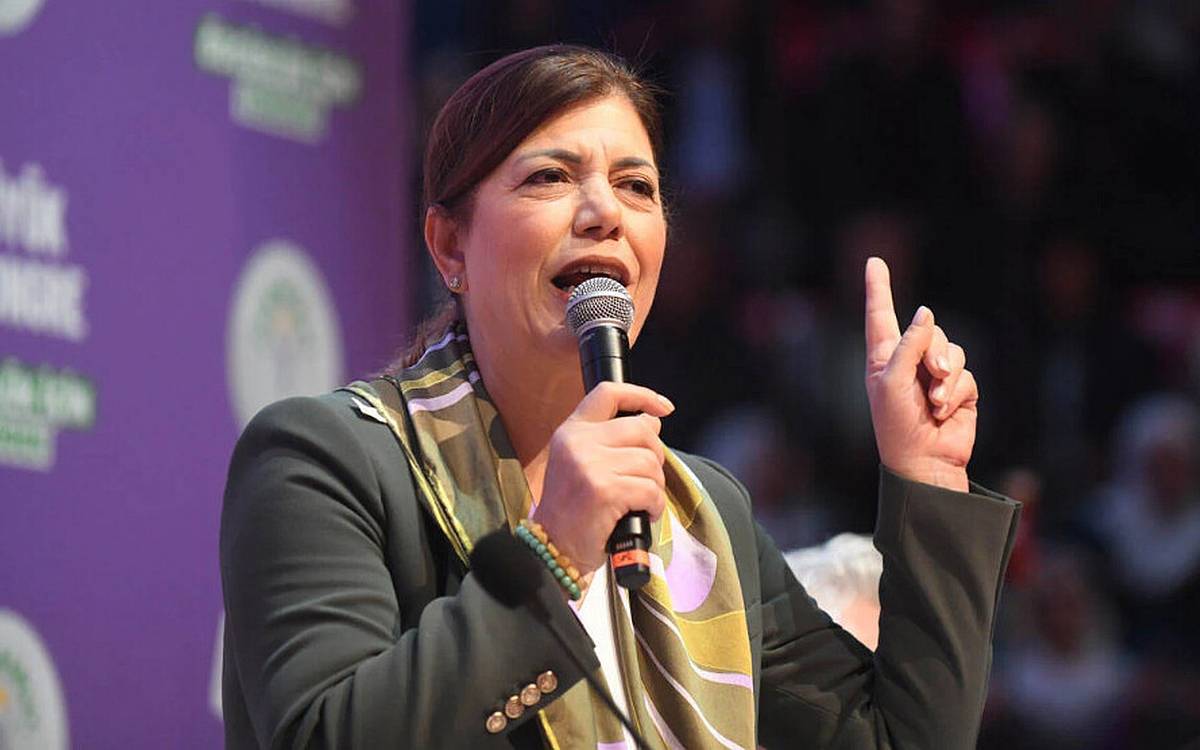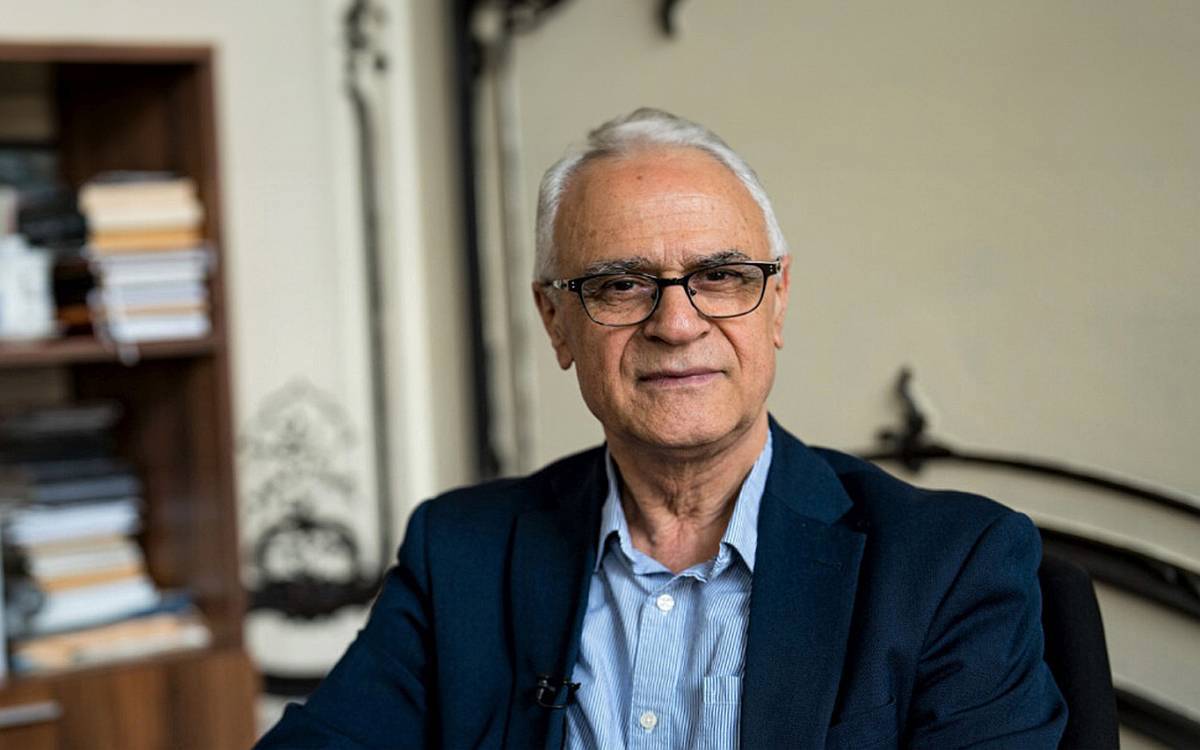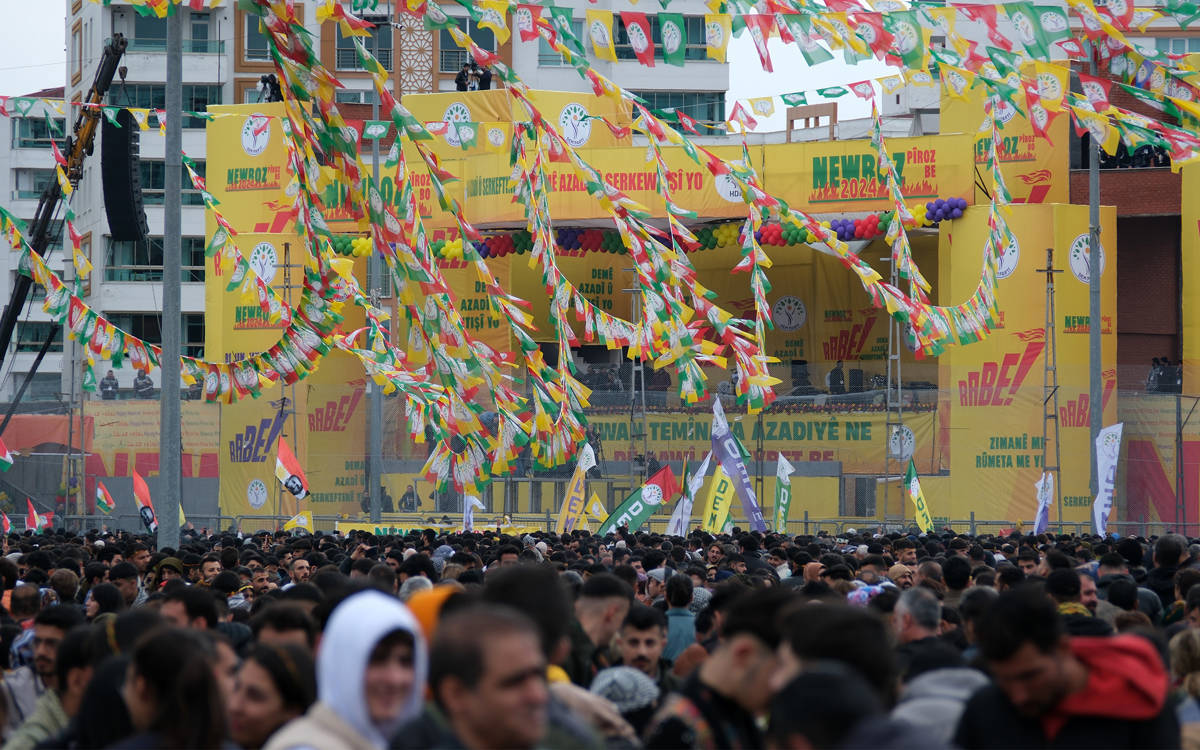Garo Paylan (Photo: Yağmur Karagöz/bianet)
Click to read the article in Turkish
Newala Qesaba (Kasaplar Stream), a site of mass graves in the southeastern province of Siirt where Armenians and Chaldeans were buried in 1915 and Kurdistan Workers' Party (PKK) members were buried in the late 1980s, has been opened for development.
Villas, housing estates with swimming pools and a shopping mall are planned to be built on 405 acres of land, where there are bodies of 186 people according to the General Staff and about 300 people according to non-governmental organizations.
Garo Paylan, an Armenian of Turkey and a deputy of the Peoples' Democratic Party (HDP), spoke to bianet about the local people's reactions to the project and the area's importance for Armenians.
CLICK - Villas being built in Newala Qesaba, a site of mass graves in eastern Turkey
"No Armenians left in Siirt"
There was a significant Armenian population in Siirt until 1915, but the population decreased after the genocide, he said, adding there is not a single Armenian left in the province today.
"In the period of the Armenian Genocide, Newala Qesaba was a place of massacres; people would be illed and thrown into the stream. There is a lot of evidence and oral history about the massacre of thousands of Armenians. The elders heard about it and they tell it."
.jpg) Photo: MA
Photo: MA
"The failure to confront the genocide"
"We don't have clear information as to how many Armenians were buried in Newala Qesaba; from studies of oral history, we estimate that the number is pretty high.
"However, Newala Qesaba later became a place where not only Armenians but also other peoples were buried. Because the Armenian Genocide was not confronted, people killed in mass slaughters in the 1080s and the 1990s were buried here."
"We may face massacres again"
"Today, buildings are wanted to be built on the bones of the slaughtered peoples. The mind of the state repeats itself. It is estimated that there are the bones of more than 350 people; maybe there are more, but we are not sure.
"Building homes on the bones of so many people means continuing the massacre in a different way, sweeping its traces under the carpet. If we don't confront this, we may face massacres once again."
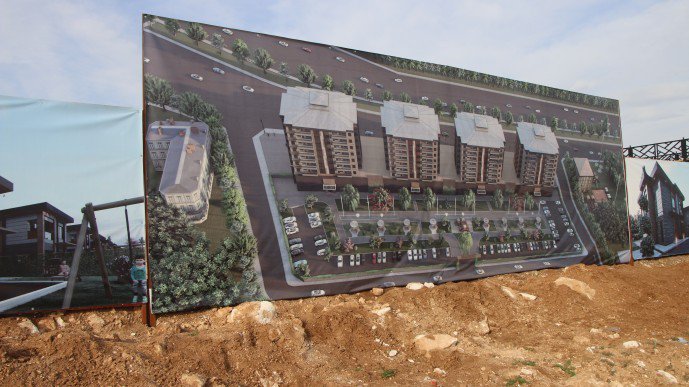 Photo: MA
Photo: MA
Newala and Armenians
Paylan said he had met locals in the Newala Qeaba region and Siirt, noting that the people were also against development there.
"We are talking about a very large area. Some of it is private property, but there is [land belonging to] foundations as well. We even think that lands belonging to Armenians might have been usurped.
"Of course, people can use their property as they wish, we have no objection to that. But the areas with the bones can be determined, this area can be expropriated, the bones can be duly recovered and given to their families, and the area where there are corpses can be turned into a memory center. This is also the demand of the people of Siirt. They know what happened there the best."
"We expect respect for our deceased"
"People do not want to live in homes to be built in an area that should be a place of mourning and confrontation. The issue here is not about the government or the opposition, it is not a matter of politics. This is a matter of human rights.
"Respect for the deceased is essential. We want this respect. Those who do not respect the deceased do not respect living ones at all. We must definitely find a way. Everybody should show sensitivity for Newala Qesaba becoming a place for memory." (RT/VK)





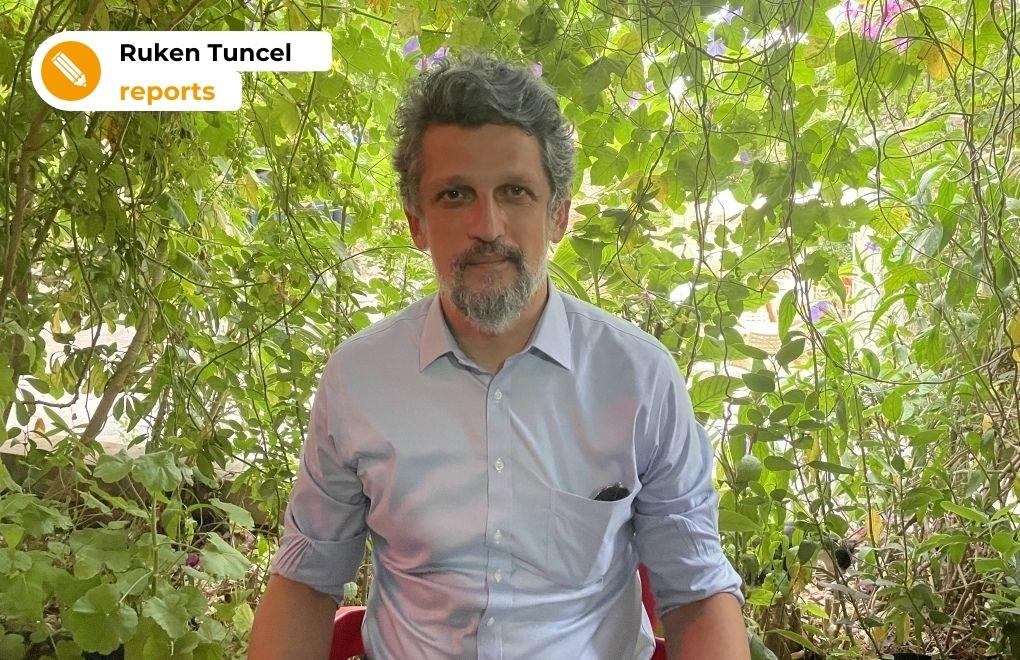
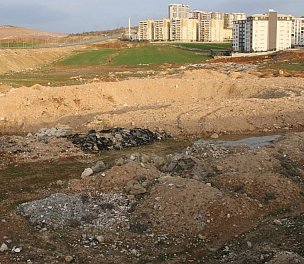
.jpg)

sa.jpg)
